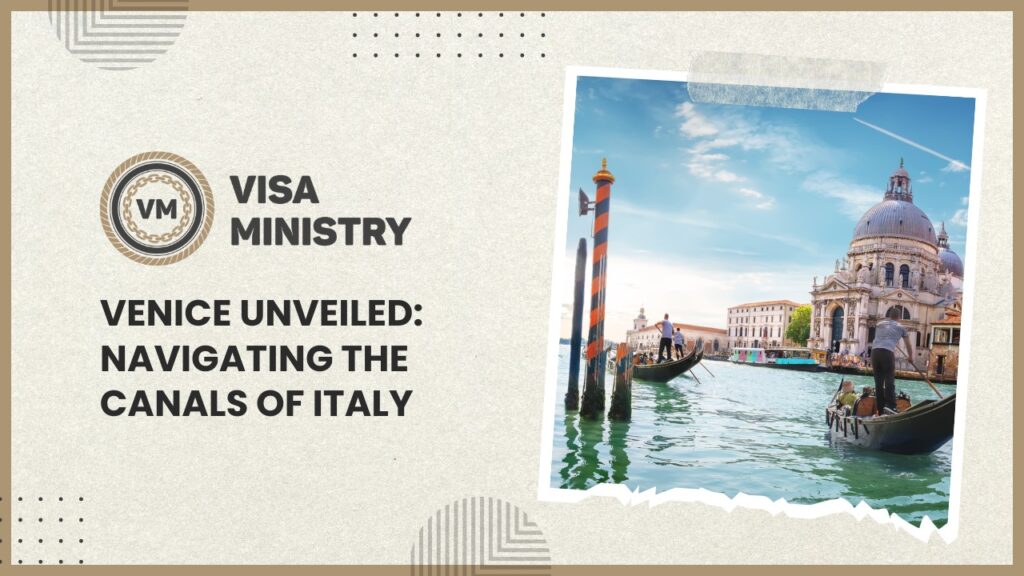Introduction to South Africa Welcome to the mesmerizing land of South Africa, a country that holds within its borders an abundance of natural wonders, captivating wildlife, vibrant cities, and rich cultural experiences. From thrilling safari adventures in Kruger National Park to exploring the cosmopolitan city of Cape Town and immersing yourself in the diverse cultures of Johannesburg, this travel guide will take you on a remarkable journey through some of South Africa’s most extraordinary destinations. So pack your bags and get ready for an unforgettable adventure as we delve into the heart and soul of this enchanting country! Safari Adventures in Kruger National Park When it comes to safari adventures, Kruger National Park is the ultimate destination in South Africa. Spanning over 19,000 square kilometers, this vast wilderness offers an unparalleled experience for wildlife enthusiasts and nature lovers alike. As you embark on your game drive through the park, get ready to be amazed by the incredible diversity of animals that call Kruger home. From majestic elephants roaming freely to stealthy lions lurking in the grasslands, every moment spent here is filled with anticipation and excitement.The best way to explore the park is by joining a guided tour or hiring a knowledgeable ranger who can share their expertise about the local fauna and flora. They will take you off-road into hidden corners of the reserve where you might spot elusive leopards or witness a thrilling hunt between predator and prey. For those seeking an even more immersive experience, consider staying at one of the luxury lodges within or near Kruger National Park. These accommodations offer a unique blend of comfort and adventure, allowing you to wake up to breathtaking views of African landscapes while being surrounded by nature’s wonders.In addition to traditional game drives, many lodges also offer walking safaris or night drives for a different perspective on wildlife encounters. Imagine venturing out into the bushveld as dusk sets in and witnessing nocturnal creatures come alive under starlit skies – truly an unforgettable experience! With so much natural beauty and wildlife diversity awaiting you at Kruger National Park, it’s no wonder that it remains one of Africa’s top safari destinations. So grab your camera, pack your binoculars, and get ready for an adventure like no other amidst South Africa’s iconic Big Five! Exploring the Vibrant City of Cape Town Cape Town, the vibrant and multicultural capital of South Africa, is a city that captivates visitors with its stunning natural beauty and rich cultural heritage. Nestled between the iconic Table Mountain and the sparkling waters of the Atlantic Ocean, Cape Town offers a unique blend of urban excitement and outdoor adventure. One of the must-see attractions in Cape Town is Table Mountain itself. Take a cable car ride to the top or challenge yourself with a hike up one of its many trails for breathtaking views over the city. But don’t stop there – explore Kirstenbosch Botanical Gardens, where you can wander among indigenous plants and enjoy picnics on lush lawns. For those seeking cultural experiences, head to Bo-Kaap, known for its colorful houses and Muslim heritage. Immerse yourself in this vibrant neighborhood by visiting mosques, sampling local cuisine like bobotie (a traditional dish), or simply strolling through its charming streets.No visit to Cape Town would be complete without exploring its historic sites such as Robben Island, where Nelson Mandela was imprisoned during apartheid. Take a ferry from the V&A Waterfront to learn about South Africa’s struggle for freedom firsthand.When it comes to dining options in Cape Town, you’ll be spoiled for choice. From trendy cafes serving artisanal coffee to world-class restaurants offering diverse cuisines influenced by African flavors – there’s something here for every palate.And let’s not forget about Cape Town’s beaches! Whether you’re looking for sunbathing spots or adrenaline-pumping water sports activities like surfing or kiteboarding, places like Camps Bay or Clifton Beach won’t disappoint.With so much to see and do in Cape Town, it’s no wonder why it attracts travelers from all corners of the globe. So make sure to include this vibrant city on your South Africa travel itinerary – an experience that will leave you wanting more! Cultural Experiences in Johannesburg Johannesburg, often referred to as Jo’burg or Joburg, is a city bursting with cultural experiences that will leave you in awe. From its rich history to its vibrant arts scene, there’s something for everyone to enjoy. One of the must-visit attractions in Johannesburg is the Apartheid Museum. This powerful museum takes you on a journey through South Africa’s difficult past and provides insight into the struggle against apartheid. It’s a thought-provoking experience that allows visitors to gain a deeper understanding of the country’s history. For art enthusiasts, a visit to Maboneng Precinct is essential. This trendy neighborhood is filled with galleries, street art, and creative spaces where local artists showcase their work. You can browse unique pieces of art or even take part in workshops and events. To immerse yourself further in Johannesburg’s culture, make sure to explore Soweto (South Western Township). This township played a significant role during apartheid and was home to iconic figures like Nelson Mandela and Desmond Tutu. Take a guided tour through Soweto’s streets, visit the famous Vilakazi Street where Mandela once lived, and engage with locals who are eager to share their stories. Aside from these cultural highlights, Johannesburg also offers excellent dining options serving up diverse cuisines from around the world. Whether it’s sampling traditional African dishes or trying international fusion cuisine at one of the city’s trendy restaurants – your taste buds won’t be disappointed! With such an array of cultural experiences waiting for you in Johannesburg, this city should definitely be on your travel itinerary when visiting South Africa! Coastal Getaways in Durban When it comes to coastal getaways, Durban is a true gem. Located on the east coast of South Africa, this vibrant city offers a perfect blend of sun, surf, and culture. With its golden beaches stretching along the Indian Ocean, Durban is








